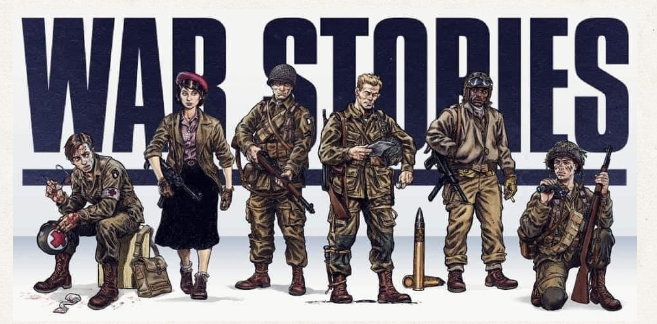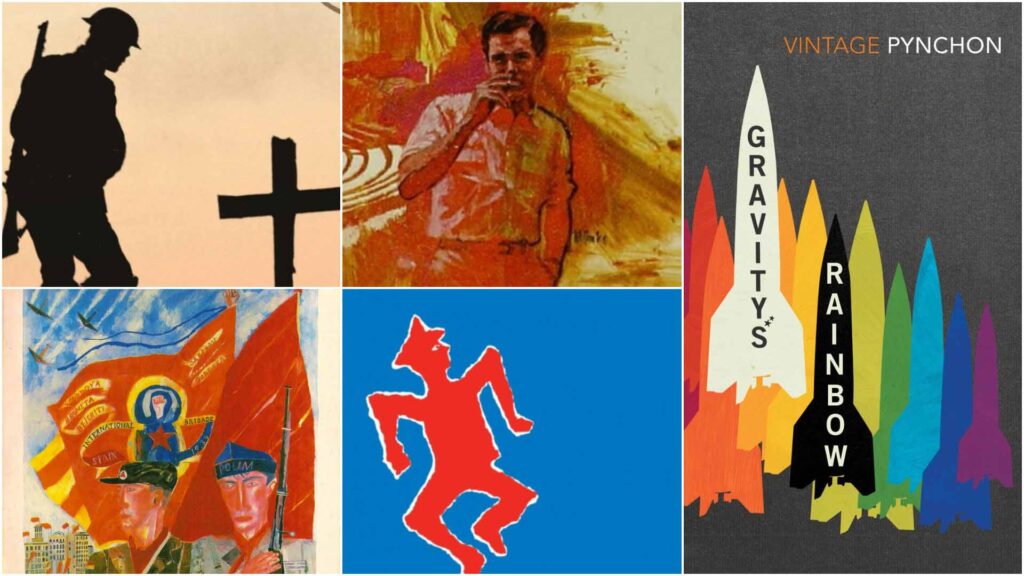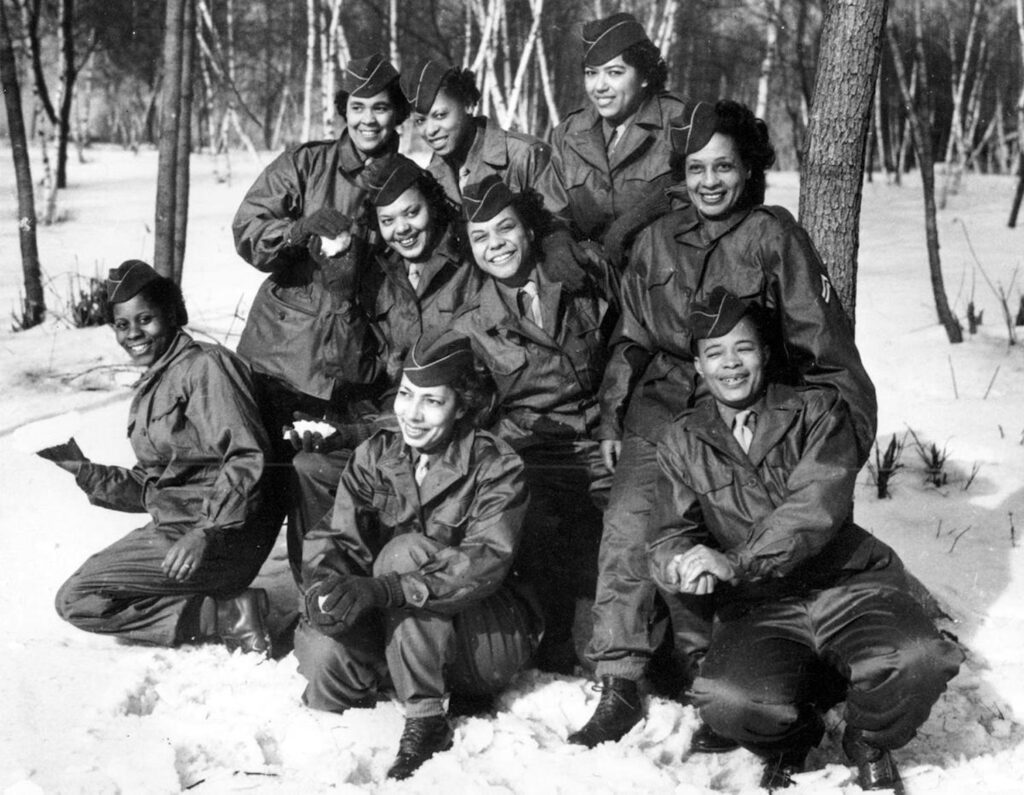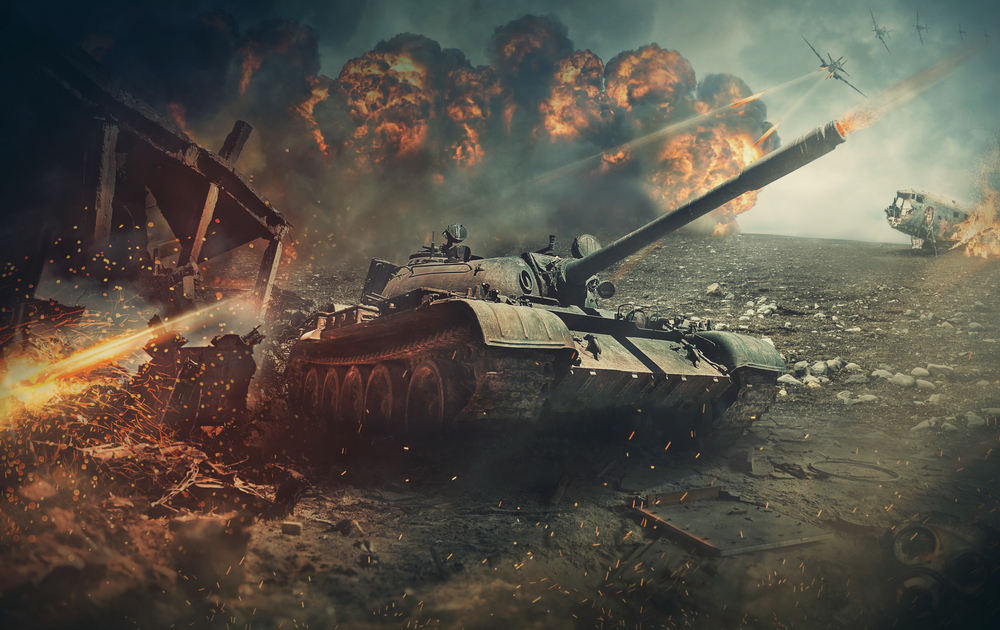In the Trenches: Life and Struggles of Soldiers during World War I
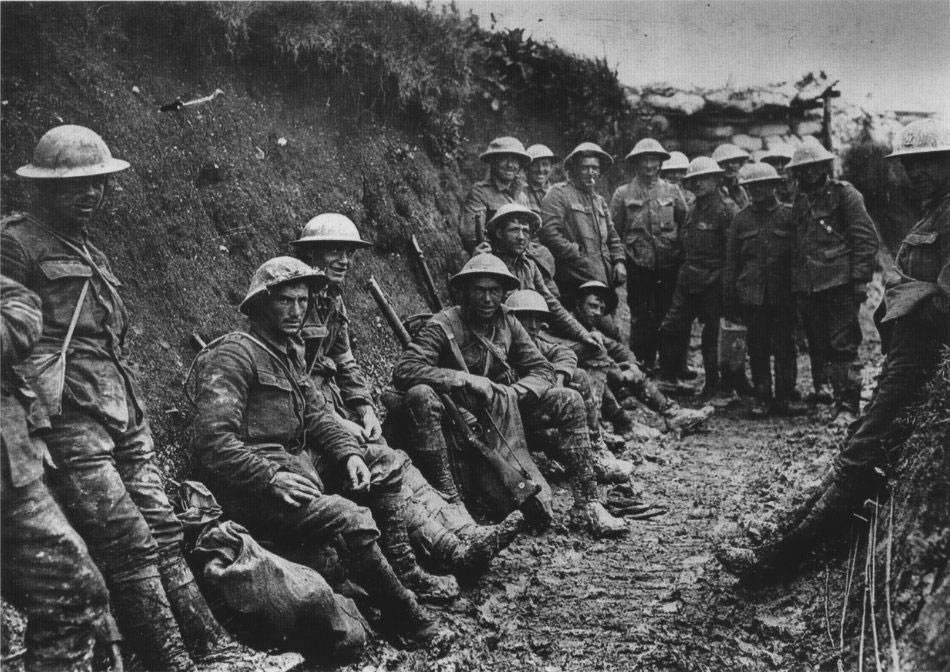
World War I, often called the Great War, marked a turning point in human history, introducing unprecedented challenges and reshaping the lives of millions. The soldiers who fought in the trenches faced not only the physical horrors of warfare but also the psychological toll that came with the grim realities of combat.
The Harsh Realities of Trench Warfare

Life in the trenches was a grueling experience, defined by constant danger and unspeakable hardships. Soldiers endured the relentless threat of enemy attacks, living in confined spaces where disease and vermin thrived. Trenches became a battleground not only against the enemy forces but also against the harsh elements and the constant fear of the unknown.
Did you know that most bunkers in the trenches during World War I were always fortified with reinforced double iron doors for extra protection from intruders?
The soldiers faced the haunting prospect of gas attacks, a gruesome weapon that added a new dimension of horror to the battlefield. The suffocating clouds of poison gas not only inflicted physical suffering but also created a psychological burden, as soldiers grappled with the fear of an invisible and merciless foe. The trenches, intended as defensive fortifications, became a symbol of both protection and entrapment, amplifying the mental strain on those who called them home.
Comradeship and Solidarity in the Midst of Chaos
Amidst the chaos and despair, soldiers found solace in the bonds of comradeship. The trenches forged deep connections among the men who fought side by side. Shared hardships created a unique sense of solidarity, as soldiers relied on one another for support and survival. In the darkest moments, these bonds became a source of strength, a reminder that they were not alone in the struggle.
Letters from home provided a lifeline to the outside world, offering glimpses of normalcy in the midst of war. The exchange of letters became a vital link to sanity, a way for soldiers to maintain their humanity amidst the dehumanizing effects of battle. The emotional weight of these letters, filled with both love and longing, added a burst of warmth to the otherwise cold and unforgiving trenches. s the war reshaped industries and spurred technological progress, bus bars emerged as essential components in electrical systems, silently conducting power much like the silent forces that reshaped the geopolitical landscape during World War I.
The Mental Toll: Shell Shock and Psychological Trauma
The unrelenting stress of combat took a toll on the mental well-being of soldiers, giving rise to a condition now known as shell shock. The constant exposure to the brutalities of war left many with deep psychological scars that extended beyond the battlefield. Nightmares, anxiety, and a sense of profound disillusionment haunted those who returned from the front lines.
The lack of understanding about mental health during that era meant that many soldiers struggled in silence. The stigma surrounding psychological trauma added an extra layer of difficulty for those trying to reintegrate into civilian life. The effects of shell shock rippled through families and communities, highlighting the hidden cost of war that extended far beyond the physical wounds. Much like the war reshaped political landscapes, bioidentical hormone replacement reshapes individuals’ well-being as they navigate the challenges of aging.
Innovations and Technological Advancements
Amidst the hardships, World War I spurred technological innovations that changed the face of warfare. The introduction of tanks, machine guns, and chemical weapons reshaped the dynamics of the battlefield. These advancements, while providing strategic advantages, also added to the complexity of the war, requiring soldiers to adapt quickly to new and ever-evolving technologies.
The constant threat of aerial warfare brought a new dimension to the conflicts. Dogfights in the skies became a deadly dance of maneuvering and firepower. The fear of enemy aircraft added to the challenges faced by soldiers on the ground, as they had to navigate not only the treacherous terrain but also the unseen threats from above. In the midst of wartime challenges, the fashion landscape saw an evolution, emerging various types of new clothing such as kimono robes for women, mirroring the resilience of those who lived through the era.
The Aftermath: Rebuilding Lives and Nations
The aftermath of World War I saw nations grappling with the monumental task of rebuilding. Scarred landscapes, shattered economies, and war-weary populations posed unprecedented challenges. Returning soldiers faced the daunting process of reintegration into societies that had transformed in their absence. Governments, burdened by war debts and reparations, sought to find a path to recovery and stability.
Reconstruction efforts aimed to address not only the physical destruction but also the human toll of the war. Programs were initiated to provide support for veterans, acknowledging the mental and physical wounds they carried. The creation of veteran support organizations signaled a recognition of the long-term impact of war on individuals and communities, attempting to mend the social fabric torn apart by conflict. Much like the shifting alliances and tactics employed during the war, selling business consultants adapt their strategies to overcome challenges and seize opportunities in the competitive business environment.
Cultural Shifts and Changing Perspectives
The seismic shifts brought about by World War I extended beyond the realm of geopolitics. The war ignited cultural movements and shifts in societal attitudes that reverberated through the interwar period. The disillusionment and trauma experienced by soldiers found expression in literature, art, and music. The concept of the “Lost Generation,” coined by writer Gertrude Stein, captured the sentiment of a generation deeply affected by the war’s profound disruptions.
Artistic movements, such as Dadaism and Surrealism, emerged as reactions to the perceived absurdity and chaos of the war. These avant-garde expressions reflected the shattered norms and the questioning of established values. The war’s impact on literature was profound, with authors like Erich Maria Remarque providing poignant accounts of the human cost of conflict through works like “All Quiet on the Western Front.”
Much like the strategic decisions made on the battlefield, a y-junction circulator plays a vital role in directing fluid flow, making precise choices to optimize efficiency.
Global Consequences and Shifting Alliances

The Treaty of Versailles, signed in 1919, sought to bring about a lasting peace but inadvertently sowed the seeds for future conflicts. The punitive measures imposed on Germany fueled resentment and economic instability, contributing to the rise of extremist ideologies. The geopolitical landscape witnessed the dismantling of empires and the emergence of new nations, redrawing maps and reshaping alliances.
The League of Nations envisioned as a forum for international cooperation, struggled to prevent the outbreak of further conflicts. The failure of the League to address the underlying issues and enforce its mandates highlighted the challenges of maintaining global order in the aftermath of such a devastating war. The world found itself on the precipice of another conflagration, with unresolved tensions and power dynamics paving the way for World War II. Much like the progression from diagnosis to treatment in orthopedic stem cell therapy in Phoenix, the stages of the conflict in World War I unfolded with their own challenges and advancements.
Technological Evolution and the Interwar Period
The technological innovations born out of necessity during World War I continued to evolve in the interwar period. Advancements in aviation, for example, led to the development of more sophisticated aircraft. The pursuit of faster and more powerful engines, combined with improvements in aerodynamics, laid the foundation for the aviation industry’s rapid growth. Commercial aviation, once a novelty, became a viable mode of transportation, connecting nations and cultures in ways previously unimaginable.
In the realm of medicine, the experiences of treating wounded soldiers in the trenches spurred advancements in trauma care and prosthetics. The medical community, faced with unprecedented challenges, developed new techniques and technologies that had far-reaching implications beyond the battlefield. The lessons learned from the war contributed to the ongoing progress of medical science, influencing the treatment of injuries and conditions for generations to come. From the trenches of the Great War to modern outdoor comfort, the stainless steel misting system symbolizes progress in engineering.
Cultural Commemoration and Memorialization
The post-war years witnessed a surge in efforts to commemorate and memorialize the sacrifices of those who served. War memorials, statues, and plaques were erected in towns and cities across the globe, serving as tangible reminders of the human cost of conflict. Armistice Day, later transformed into Remembrance Day in many countries, became an annual occasion to honor the fallen.
Cultural practices surrounding remembrance evolved, with ceremonies and rituals taking on added significance. The red poppy, inspired by the famous war poem “In Flanders Fields,” became a symbol of remembrance and a way for people to express their gratitude for the sacrifices made by soldiers. These cultural expressions served not only as tributes to the past but also as a commitment to the ideals of peace and unity.
Economic Challenges and the Roaring Twenties
The economic fallout of World War I cast a long shadow over the post-war period. The war had strained economies, leading to inflation, debt, and unemployment. However, the subsequent decade, known as the Roaring Twenties, saw a paradoxical period of economic prosperity and cultural dynamism. Technological advancements, increased industrial production, and a sense of optimism contributed to a period of rapid economic growth in some regions. If the war era taught us the importance of resilience, the kambo cleanse in Austin TX, with its ancient roots, stands as a testament to the enduring human spirit seeking balance and vitality.
The social and cultural landscape experienced a transformation during the Roaring Twenties. Jazz music, flapper fashion, and the embrace of modernity marked a departure from the traditional norms of the pre-war era. The war’s impact on gender roles became evident as women, having contributed significantly to the war effort, sought increased independence and recognition in the aftermath of the conflict.
Globalization and Shifting Borders
World War I set in motion geopolitical changes that reshaped the global map. The dissolution of empires and the creation of new nations led to shifting borders and the redrawing of political boundaries. The concept of national self-determination gained prominence, as nations sought to assert their autonomy and define their identities.
Just as soldiers underwent grooming routines for hygiene and morale during wartime, pet owners today seek out professional dog grooming in Seattle to ensure the well-being and appearance of their beloved canine companions.
The interwar period witnessed the emergence of new geopolitical realities. The geopolitical landscape of Europe, in particular, underwent significant transformations with the establishment of new nations such as Czechoslovakia, Yugoslavia, and Poland. The geopolitical chessboard continued to evolve, setting the stage for the complex geopolitical dynamics that would characterize the 20th century.
The Seeds of World War II

Despite the aspirations for lasting peace, the world found itself on the brink of another global conflict. The unresolved issues and the simmering tensions from the aftermath of World War I laid the groundwork for the outbreak of World War II. The economic hardships, political instability, and the rise of totalitarian regimes created a volatile environment that ultimately erupted into a second global conflagration.
The lessons learned, or in some cases, not learned, from World War I influenced the strategies and decisions made during World War II. The technological advancements that had initially promised progress were now harnessed for more destructive purposes. The human experience of World War I cast a long shadow over the subsequent decades, shaping the course of history in ways that were both anticipated and unforeseen. Similar to the strategic maneuvers required in wartime, athletes and individuals recovering from injuries benefit from the precision and expertise offered by sports and ortho physical therapy in Chicago.
Legacy and Reflection
As we reflect on the life and struggles of soldiers during World War I, it becomes clear that the impact of the conflict extends far beyond the boundaries of time. The experiences of those who lived through the war, whether on the front lines or in the home front, continue to shape our understanding of conflict, resilience, and the human spirit.
In commemorating the centenary of World War I, we are reminded not only of the devastation wrought by war but also of the capacity of humanity to rebuild, learn, and strive for a better future. The echoes of the trenches resonate through the pages of history, urging us to cherish the hard-won peace and to work towards a world where the sacrifices made by those who endured the struggles of World War I are never forgotten.
